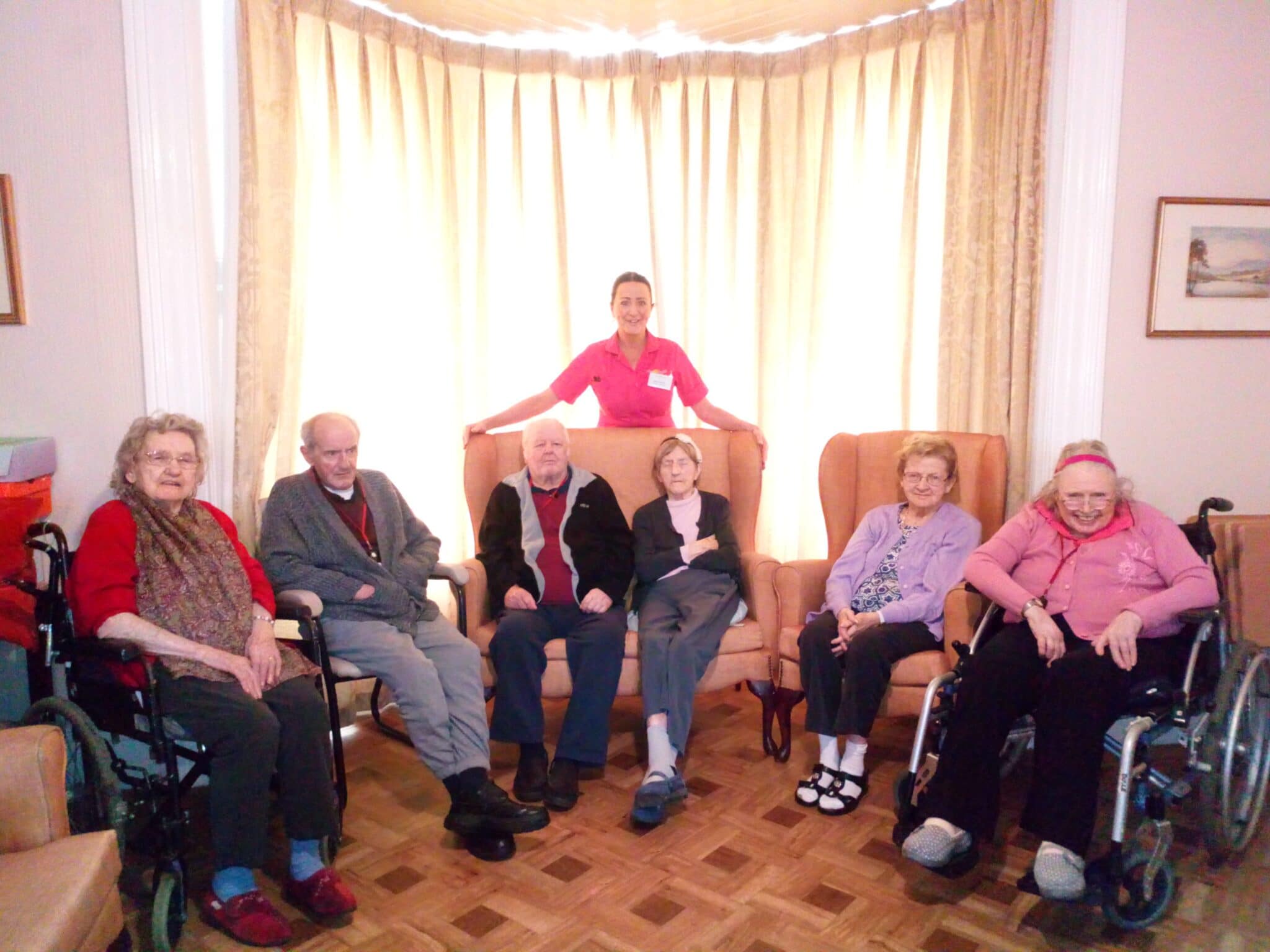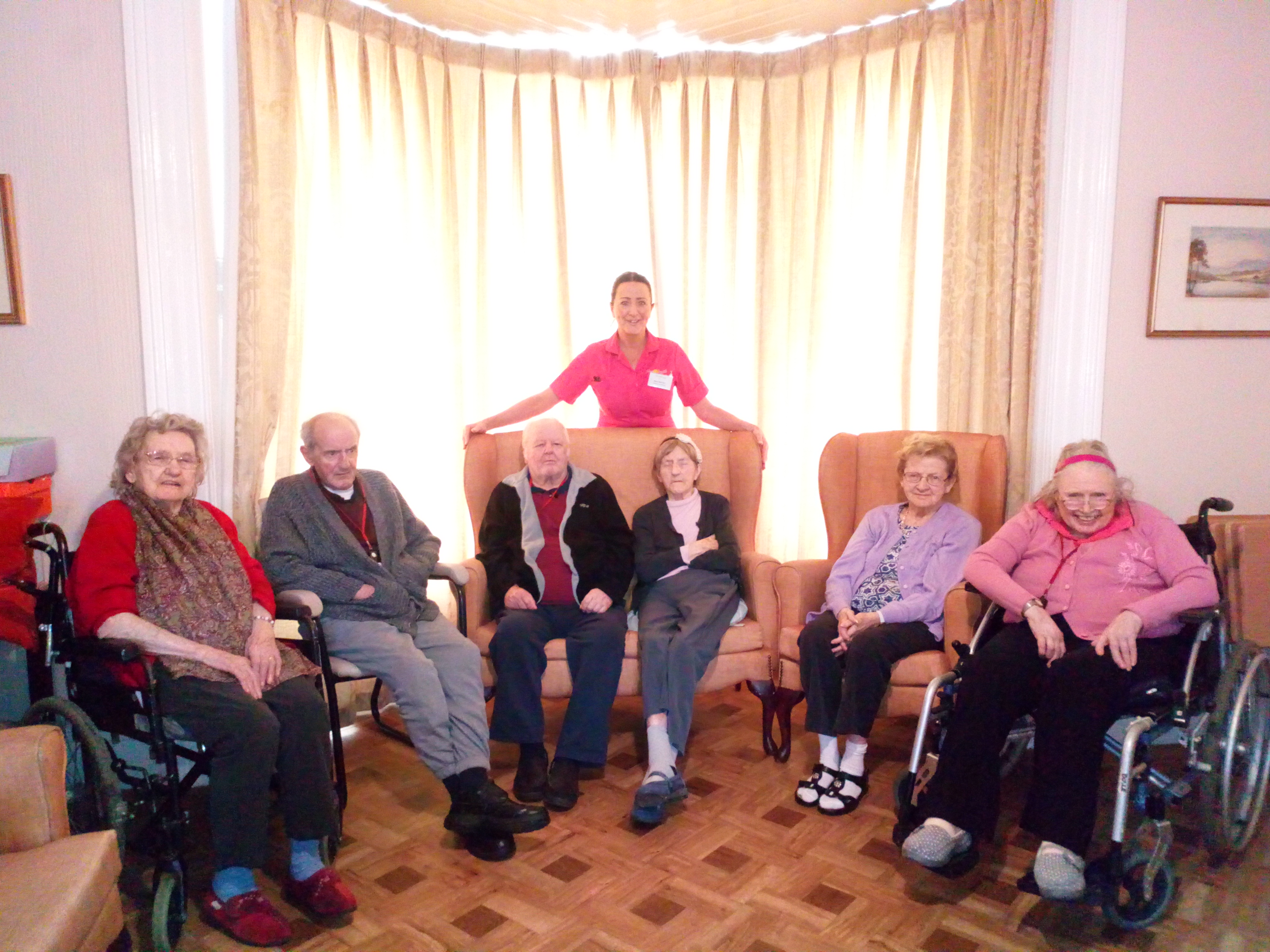Memories of a fateful night in 1941
Thursday May 30, 2019On the night of 31 May 1941, four high-explosive bombs were dropped by German aircraft on the North Strand area of Dublin City. The casualties were many: 28 dead and 90 injured, with 300 houses damaged or destroyed. Berni Sheridan, Activities Coordinator at Clontarf Private Nursing Home brought residents Claire, Aldo, Lily, Elsie, Sean and Mary together to give their recollections of the night.
A group of Residents in Clontarf Private Nursing Home, clearly recall the events that unfolded on that fateful night in May 1941.
This group of Residents, all local to the area, give accounts of what they heard and witnessed.
Claire McMurray, Conker Hill, Clontarf, was 7yrs of age, and has very vivid memories of the bombings. Claire was at home with her parents, brothers and sisters when 4 bombs fell between 01.30am and 02.00am.
Claire remembers being pulled from her bed by her parents, and all the family hiding in cupboards and under the beds. The sky, she said, was bright orange, and the noise was so loud, considering she lived about 3 miles away from where the 1st bomb fell, at the junction of North Circular Road and Richmond Street. Minutes later, a 2nd bomb fell at Summerhill Parade, then another one at The Phoenix Park, close to Aras An Uachtarain. The biggest and most distructive bomb fell on The North Strand, at the junction of North William Street. This bomb landed in the center of the road, shattering tram lines and leaving a huge crater.
The death toll rose to 38 with almost 100 people injured. As it was right in the middle of World War 2, Claire remembers feeling that they must be under a massive attack, and that they all would die, a feeling she still experiences to this very day.
Aldo Andreucetti, East Wall, Dublin 3, was 7yrs of age when he heard the 1st bomb go off. Aldo was sleeping in his bed, when he remembers his mother coming in to his room and pulling him to safety. North Strand is right beside East Wall, so Aldo recalls the sound of the bombs very clearly. He described how the next day, when they went out to have a look, that the place was like a war zone.
Buildings were demolished, and those that were left, had to be levelled by the authorities. On Sunday 1st of June, The Red Cross registered over 500 people homeless, but this figure was to rise to 800 people homeless.
Lily Loane, Tolka Road, was 11yrs of age, and remembers the bombs all too well. Tolka Road was right in the pathway of the bombs. Lily was also in bed that night, but when the 1st bomb went off, her Father, who was standing by the bedroom window, was blown straight across the room, but thankfully only sustained minor cuts and bruising.
Elsie Cooke, Dublin City Centre, was 20yrs of age when the bombings took place. Elsie also recalls the sky lighting up, and the sound of planes and bombs overhead. Like everyone else, Elsie thought her time was up on that fateful night, however, God had other plans, and Elsie will celebrate her 98th birthday next year.
Sean Cahill, East Wall, Dublin 3, was only 3yrs of age at the time of the bombings, so had little memory of them, but still, he grew up with all the stories. He can remember what the North Strand looked like afterwards, “both sides of the street were gone” he said, “it was like a warzone, and it took many years to re-build it, and to overcome the loss of losing friends and neighbours.
Mary McGrath, Dunne Street, North Strand, was in her Mother’s womb at the time of the bombings. Mary didn’t make her appearance into the world until the December of that year. Mary recalls the many stories told to her by her Mother. Mary’s Father was 1st on the scene to pull people from the rubble. The roof was blown off their own house also. Mary never got to meet her Father as he passed away just 2 weeks before her birth.
The above Residents continued to tell me about other details of the bombings.
The Germans were responsible for the bombings, for which they later apologised and said that it was an “accident”.
Families of those either killed or injured, were given compensation from the German Government in the form of a pension.
Eamonn De Valera was Taoiseach at the time, and when Hitler died, he visited the German Embassy in Dublin to express his sympathy, and the sympathy of the Irish people, which absolutely outraged the people, in light of everything that had happened.
Today, in the North Strand, still stands a granite memorial which was unveiled on May 31st 1991, some 50yrs later. It is inscribed with a poem by Alec King titled, “There is a reason”.
On listening to the stories from the above Residents, I asked them how they coped during these bombings, and the war in general, and the answer was quite clear, “with music”, they answered. Listening to the wireless and to the songs that won the war…..”we’ll meet again”, “white cliffs of dover”, “wish me luck as you wave me golodbye”, to name just a few. The artists they most favoured were, Vera Lynn, George Formby, Judy Garland, Gracie Fields, Bob Hope, Glen Miller, and many more.


